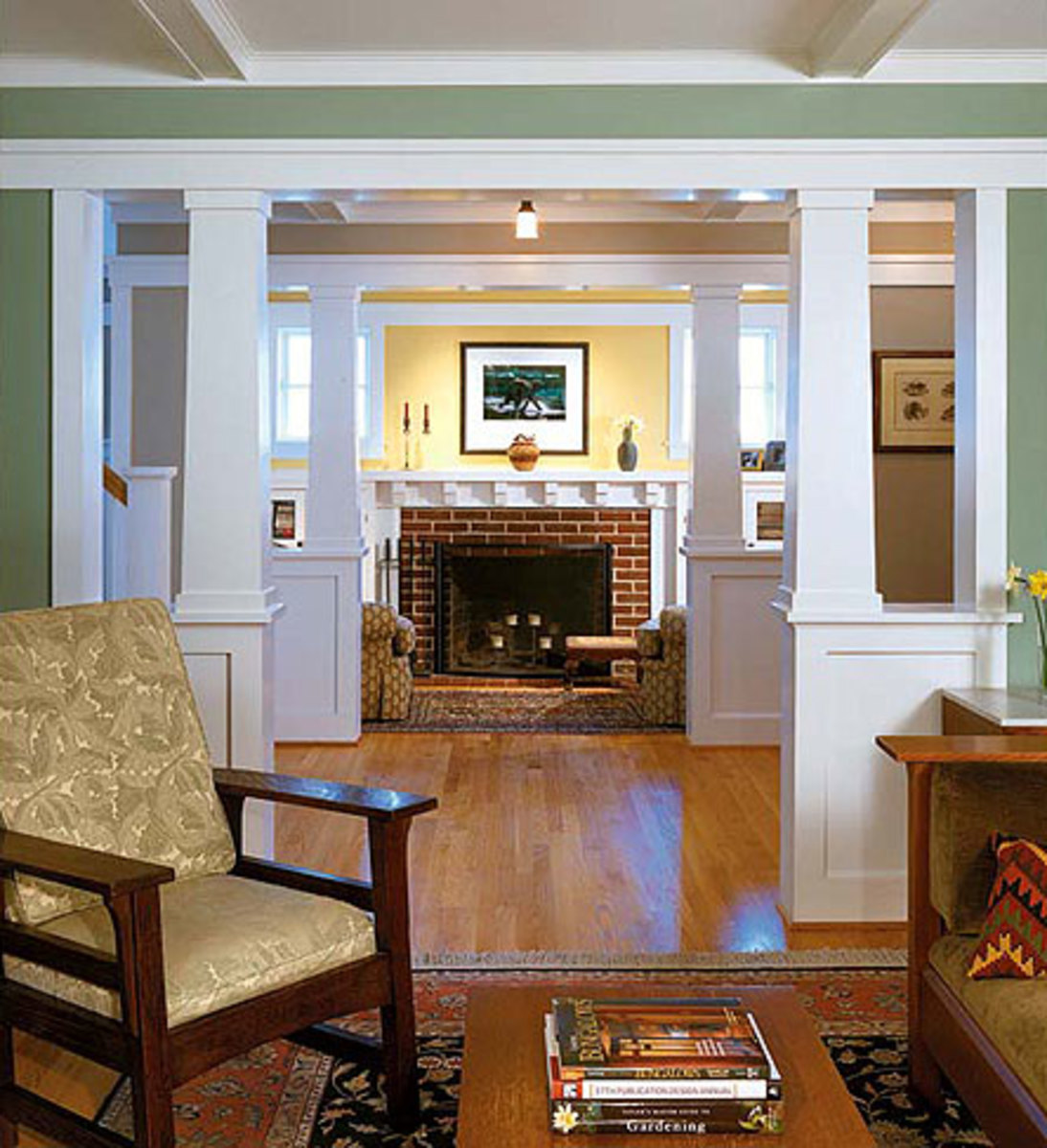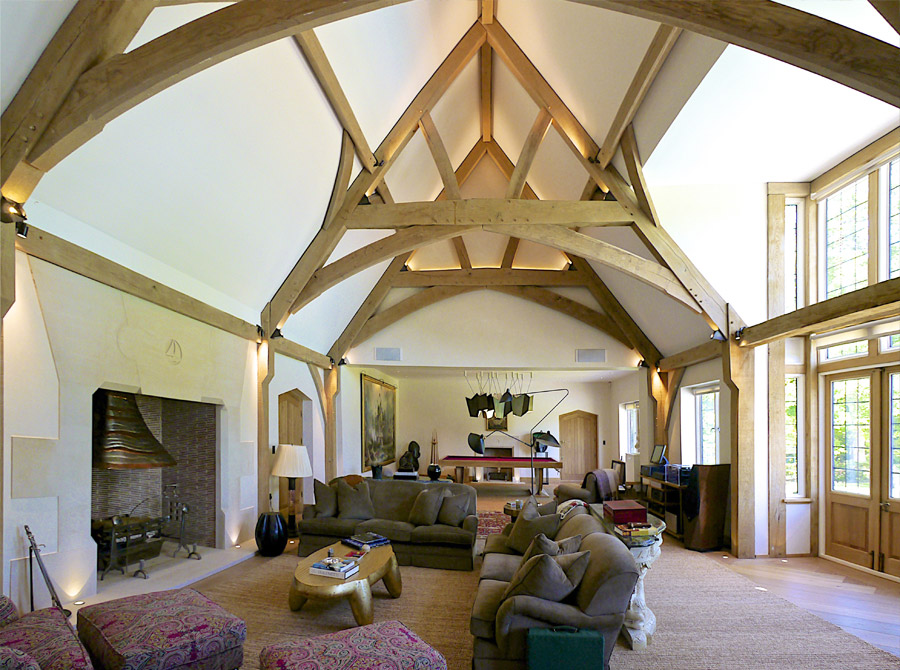Table Of Content

In the warmer months, these homes also look great with a lattice of ivy outside or a garden in the front yard.

Are Craftsman-style homes popular?
Some of the key characteristics of this style of home can be found just by looking to the exterior. Rooftops are either sloping down from a centerpoint of the house, or are angled halfway down at an obtuse angle to help guide the runoff of rain and melting snow away from the home since these houses are often found in colder climates. Below, we investigate Arts and Crafts house style – this prettiest of house styles – and how to make the most of it. Throughout, dMFK Architects aimed to draw attention to the building's original structure including its iron columns and shallow, barrow-vaulted concrete ceilings enclosed in corrugated iron shuttering.
A Prairie School 'oasis' near Lake of the Isles lists for $2.949 million - Star Tribune
A Prairie School 'oasis' near Lake of the Isles lists for $2.949 million.
Posted: Fri, 08 Sep 2023 07:00:00 GMT [source]
Origins of the Arts and Crafts Architecture Style
Designed by the AD100 firm Charlap Hyman & Herrero, that space, a reprieve from the city’s white-box galleries and slick hotels, has been the site of many gatherings. But for Johnson, there’s something particularly special about entertaining at home. Objects are enhanced by the lives lived around them.” In the case of her living room, those objects include works by Judy Chicago, Awol Erizku, Seth Cameron, and others from her growing roster of talent.
Craftsman Home Details
Others followed in Morris’s footsteps, including the architect CFA Voysey, whose patterns featured bold repeats and col- ours. Some of his designs are available through House of Hackney, Lewis & Wood and US company Trustworth Studios. Designer Ben Pentreath, who decorated an Arts and Crafts house in Hampstead featured in the May 2018 issue of House & Garden, is an advocate of its contemporary appeal.
Craftsman Architecture
This home style started to debut on the British side in the late 19th century, more specifically 1860s. As a response to the withering quality of homes in the mid 19th century, designers began working to construct houses that had a more ornate look with angled rooftops, columns, porches, and beautified exteriors. An Arts and Crafts-style home is a small-to-medium sized, single family home that usually is a square shape with two stories. The wood joinery and front porch are the most apparent traits of a Craftsman style home, but the distinct design of an Arts and Crafts house has been adapted to suit homeowners needs since their earliest development in the late 19th century. Inside, common fixtures include built-in shelving, fireplaces, and segmented rooms as opposed to an open floor plan.
The Gamble House, also known as the David B. Gamble House, is an iconic American Craftsman home in Pasadena, California, designed by the architectural firm Greene and Greene. Constructed in 1908–1909 as a home for David B. Gamble, son of the Procter & Gamble founder James Gamble, it is today a National Historic Landmark, a California Historical Landmark, and open to the public for tours and events. There are many types of architecture within the Arts and Crafts style, including Craftsman and Bungalows.
Interior Features of an Arts and Crafts House

In the early 1900s, developer Herberg J. Hapgood built several Craftsman-style homes, many from stucco, that comprise the lakeside borough of Mountain Lakes, New Jersey. Residents were called "Lakers." The homes followed signature styles, including bungalows and chalets. Architect David Owen Dryden designed and built many Craftsman California bungalows in the North Park district, now a proposed Dryden Historic District. The 1905 Marston House of George Marston in Balboa Park was designed by local architects Irving Gill and William Hebbard. The term Arts & Crafts refers to a broad social and artistic movement that took shape in Great Britain and Europe in the middle of the 19th century and then leapt the Atlantic to garner wild acclaim in the United States at the turn of the 20th century.
Consider siding options that at least appear to be hand-worked natural materials. Resist the urge to enclose your porch for a more cozy sunroom, or at least make the sunroom as well-integrated with the outdoors as you can, perhaps by giving it a transitional porch or deck of its own. House & Garden says that the Arts and Crafts movement is just as relevant to the digital age as it was to the beginning of the industrial age. But tastes and materials have changed, of course, so the interpretation of such concepts as "honest materials" and "refined simplicity" will have evolved as well.
Popular Types of American Arts and Crafts Houses
He educated his readers in the Arts and Crafts style and inspired the building of simple-style houses known as bungalows or craftsman homes. This movement also inspired mission-style furniture, popular on America’s east coast in the late 1890s. You may have noticed that the Arts and Crafts movement is having a bit of a moment, with some of today’s naturalistic wallpapers and fabrics, rustic furniture and pared-back interiors seeming to have their roots in this style.
This, of course, inspired countless bungalows and Foursquares that still dot the streets of suburbs around the country. The Arts and Crafts Movement in American Craftsman style architecture was focused on the use of natural materials, attention to detail, aesthetics, and craftsmanship. Perhaps the first hint that you're looking at an Arts and Crafts house is the impression of the roofline. Arts and Crafts homes typically feature low and expansive roofs, according to Degnan Design-Build-Remodel. Of course, as with everything else about the larger Arts and Crafts movement (especially its American development), exceptions are the rule.
Grochowski notes that the premium for this type of artistry is “roughly 20 to 30% more than a typical mass-produced home of another style.” This is in part because the master craftspeople are rare. By the 20th century, the bungalow-style models were dotting Southern California and the midwest—beckoning buyers with craftsmanship and curb appeal. Craftsman style is synonymous with “cozy, homey and unpretentious,” says Susan Yeley, creative director and owner of Susan Yeley Homes in Bloomington, Indiana. " for the people and by the people, and a source of pleasure to the maker and the user." Workers could produce beautiful objects that would enhance the lives of ordinary people, and at the same time provide decent employment for the craftsman.

No comments:
Post a Comment